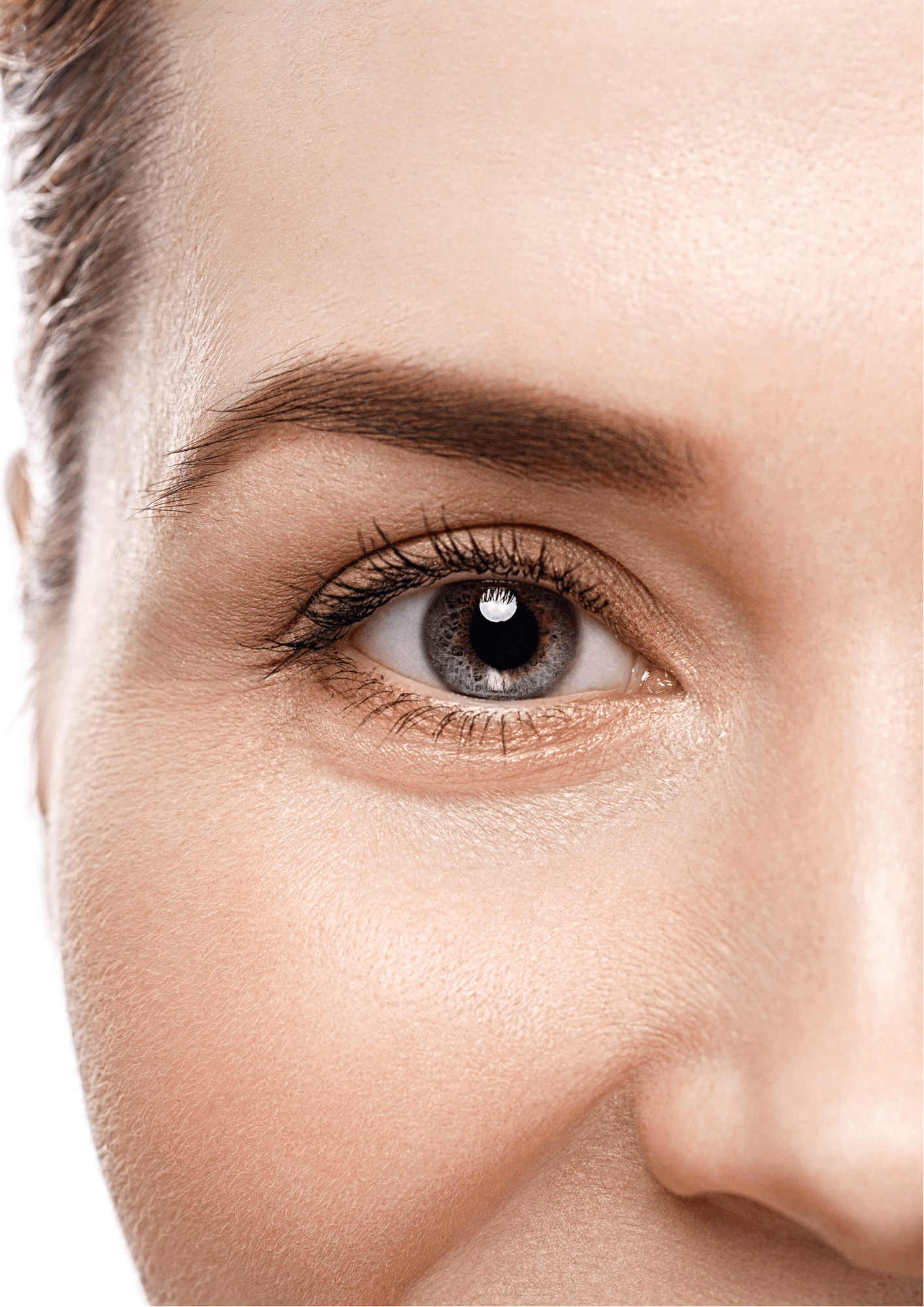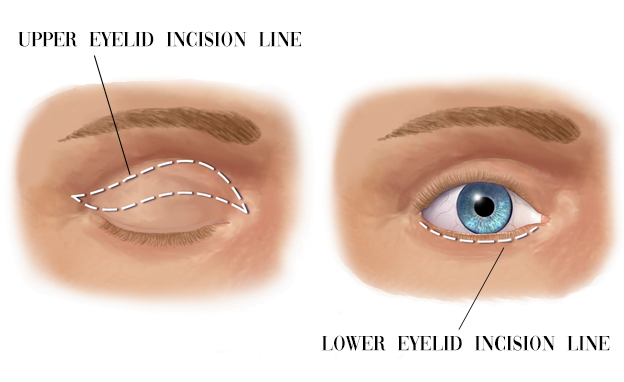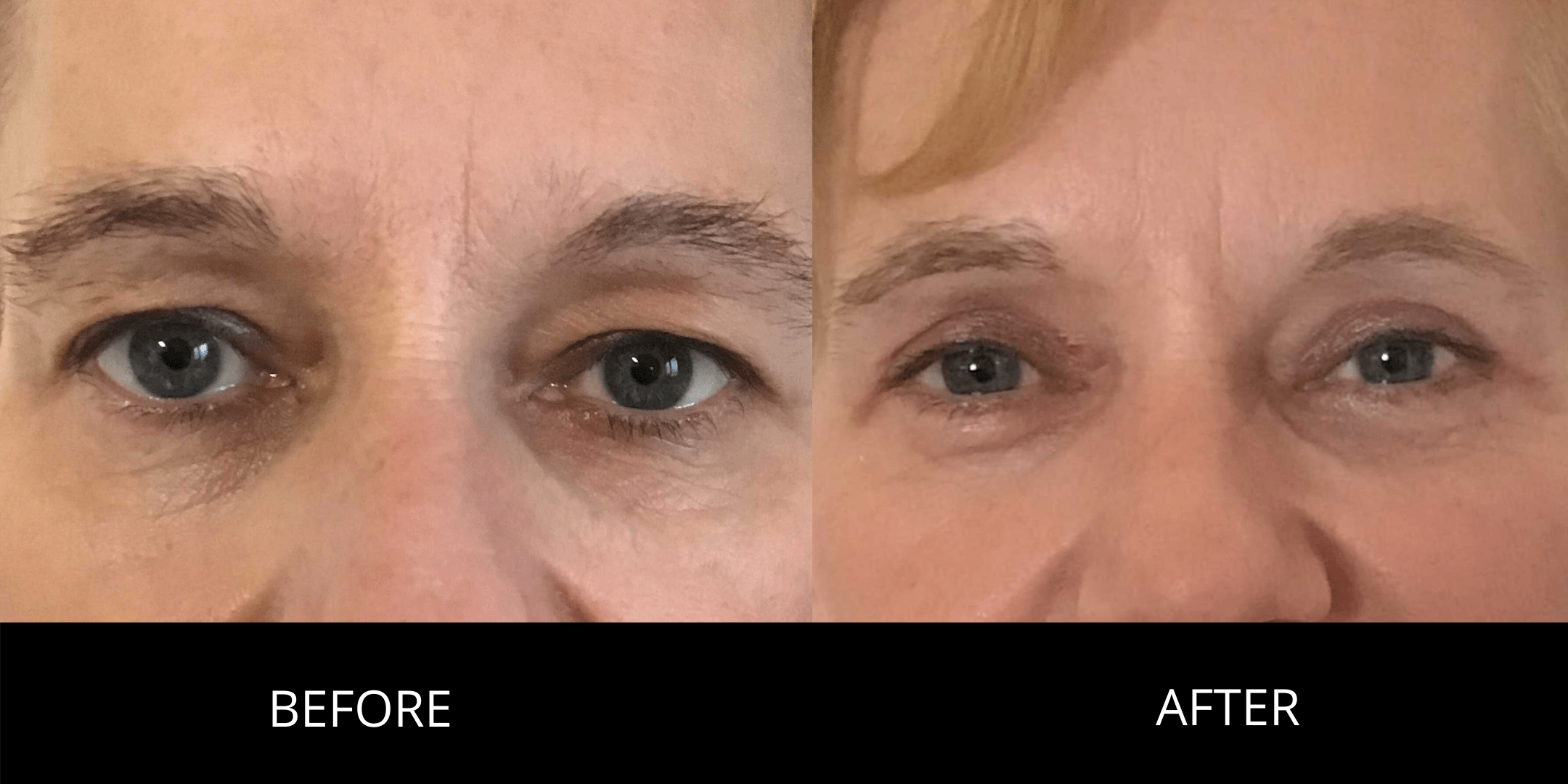
What is an eyelid correction?
The older we get, the more our muscles weaken, and the more our skin loses its elasticity. As a result, loose skin can accumulate on your upper eyelids. Fatty tissue can protrude due to the weakened muscles. Your eyelids can start to bulge, which can give the appearance of the so-called ‘bags’ under and above your eyes.
For some people, this so-called ageing process can cause the upper eyelids to push on the eyeball or even cause the eyelids to hang over the eyeball. Deep lines or folds can also start to appear on the lower eyelids.
The skin can start to sag and become less elastic even at a young age. This is often genetic. Corresponding symptoms are restricted visibility, headaches and a tired appearance.
An upper or lower eyelid correction could be the answer.
*The doctor will determine if the treatment is necessary for medical reasons. * This treatment falls within the tax-exempt medical care as stated in article. 11-1-g Tax Law, 1968.
What are the advantages of an eyelid correction?
- Back to work after one week
- No longer a sad or tired appearance
- A recovery period of three to 10 days
- Free choice of a local or general anaesthetic
When am I a suitable candidate for an eyelid correction?
Hanging eyelids can cause various problems. In some cases, they restrict visibility. Overhanging eyelids can also cause headaches because the muscles must work harder to keep the eyes open. You can be well-rested, but still look sad or appear tired.
An eyelid correction can be the solution.
Although most people who have an eyelid correction done are older than thirty, this procedure is also carried out on younger people.

How is an eyelid correction done?
This operation can be done using a local sedative or under a general anaesthetic. When a local sedative is used, you may go home a few hours later. When a general anaesthetic is used, then you will be admitted as a day patient. The type of sedation is dependent on the situation, the type of procedure and your personal preference.
Before the plastic surgeon begins the operation, he will draw out (on the skin) the area to be removed. The excess skin will then be cut away. Sometimes, excess fatty tissue found under the skin will be removed too. An incision is made in the skin fold of the upper eyelid, from the crow’s feet to the nose. Because of the discreet location of the incision, the scars are barely visible.
NB: Payment for your treatment should be paid in full no later than four weeks in advance.
CONSULTATION
EYELID CORRECTION BEFORE AND AFTER



